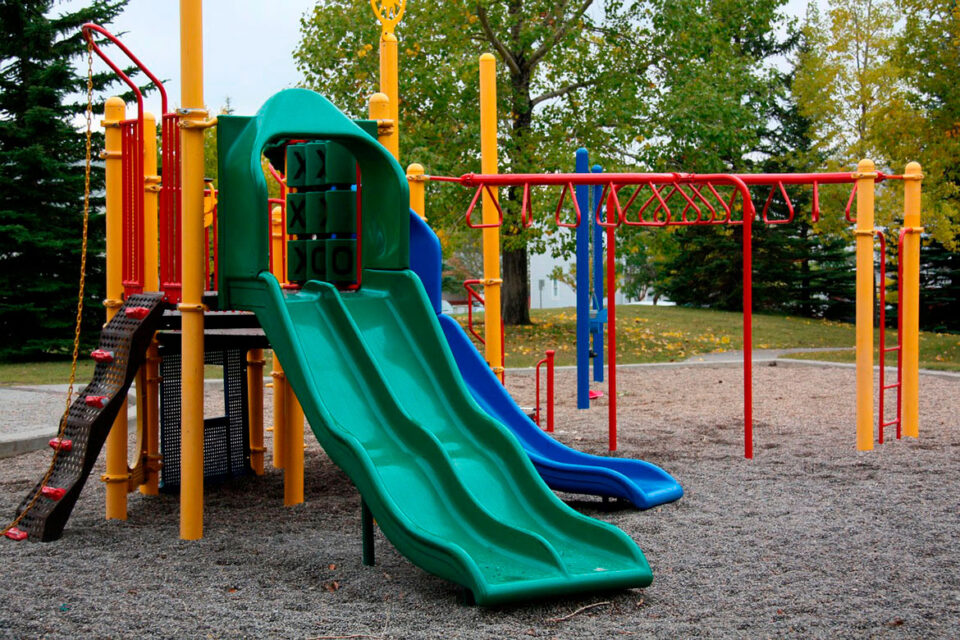A playground is an essential part of any child’s development, providing them with an outdoor space in which to explore their abilities, have fun, and make new friends. But with all the options available these days when it comes to choosing the right playground materials, which should you choose? In this article, we’ll take a look at some of the best playground materials for both indoor and outdoor use, and help you decide what will be best for your child.
What Kind of Material is Best for a Playground?
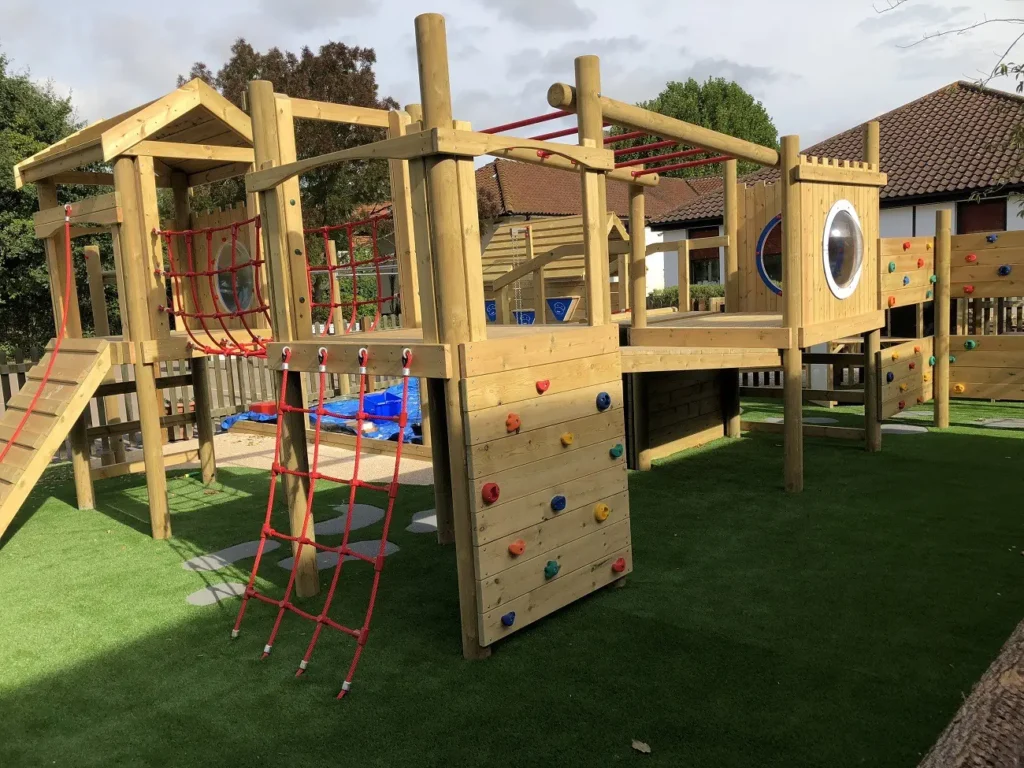
A playground is a great place to have fun and expend energy. However, choosing the right material can make or break the experience. Here are four different types of a playground.
– Concrete. Concrete is a classic material for playgrounds. It’s durable, easy to clean, and provides a great surface for children to play on. Plus, concrete is relatively inexpensive to build on.
– Wood. Wooden playgrounds are popular because they look nice and are relatively easy to maintain. They also feel nice underfoot, which can encourage children to stay active on the playground. Wooden playground equipment can be customized to fit the specific needs of each playground.
– Toys. Some playgrounds include toys instead of concrete or wood chips. Toys can provide hours of fun for kids of all ages. Some types of toys that work well in a playground setting include swings, climbing structures, and slides.
– Grass. Grass is another good option for a playground because it’s soft and easy to mow. It’s also durable enough to last through a lot of wear and tear from children playing on it. However, grass doesn’t provide as much traction as other materials do, so it may not be ideal for areas with wet or icy surfaces.
Pros and Cons of Different Materials for a Playground
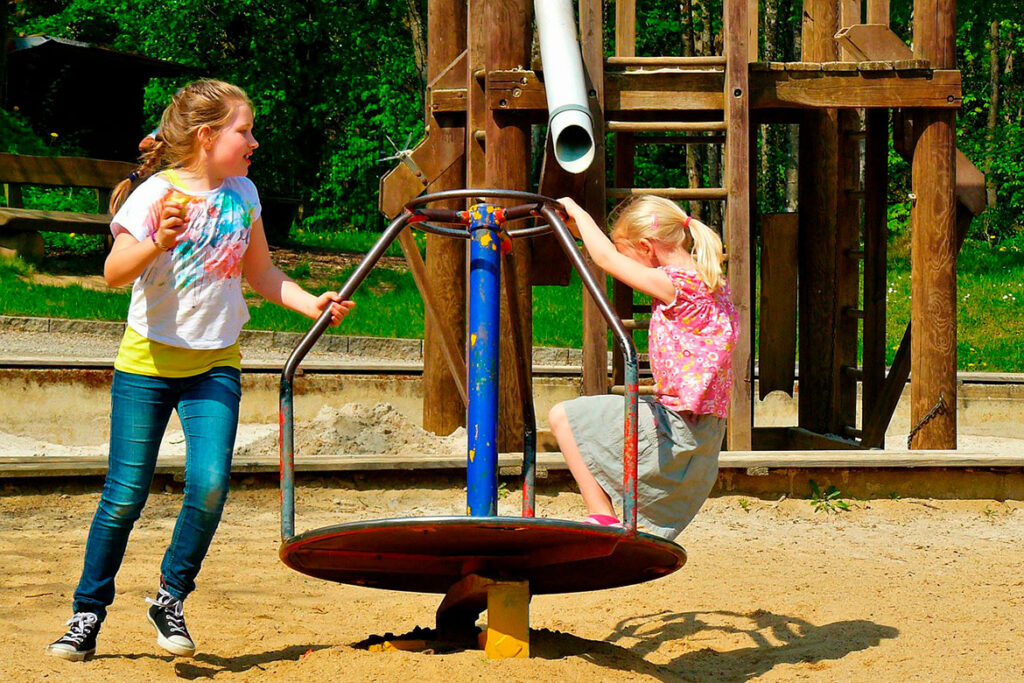
There are pros and cons to using different materials when constructing a playground. Some materials are more durable than others, and some may be more fun for children to play on. Here are some of the pros and cons of each type of material:
Pros:
– Durable – Wooden playground sets can last for years if taken care of properly.
– Fun – Wooden playground sets can be customized to look like any other piece of furniture in your home.
– Variety – There are many different types of wooden playground sets available, so your child will never get bored.
Cons:
– Can be expensive – Wooden playground sets can cost a lot of money depending on the size and style you choose.
– Not waterproof – If it rains, your wooden playground set will get wet.
When to Install a Playground?
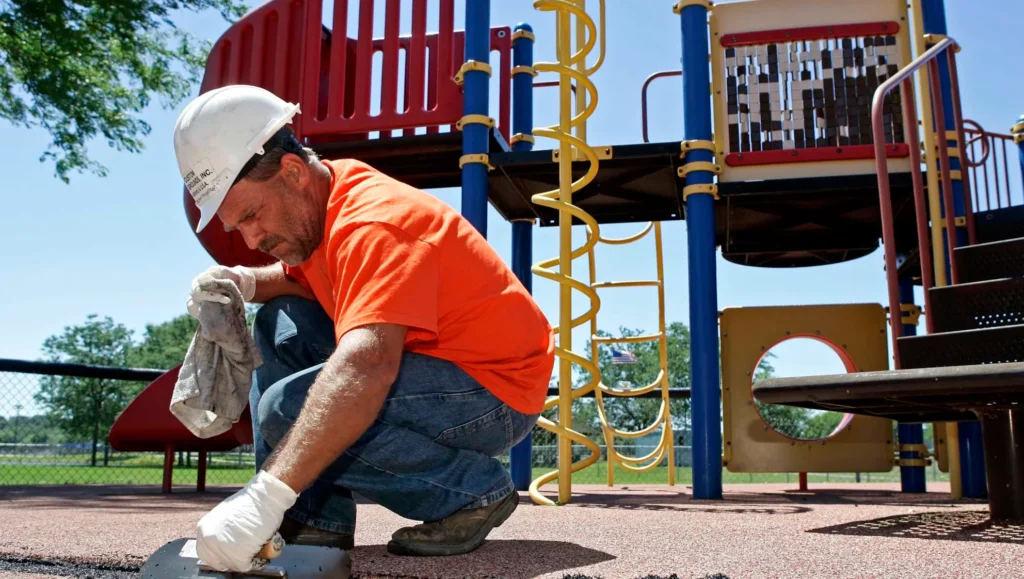
Playgrounds provide children with an enjoyable place to play and learn. In fact, playgrounds are often cited as one of the most important aspects of a child’s environment. They help foster creativity and problem-solving skills, and can also help children learn how to interact with others.
There are many factors to consider when deciding when to install a playground. The main factors to consider are the age of your children, the location of your playground, and the budget you have available. Below are guidelines for each of these areas:
– Age of children: The age at which your children are able to use a playground will vary depending on their development. Generally, however, most playgrounds are recommended for use by 3-6 year old. If you have older children who would like to use the playground but you do not want them to be supervised by an adult all the time, you may want to consider installing it later in their development or waiting until they are closer to 8 years old.
– Location of playground: Playgrounds should be installed in areas where they will be used frequently by the community. This means that they should be close to schools, parks, and other important public areas. If you live in a busy city, it may not be possible to install a playground in the backyard. You may have to install it in a park or on public property instead.
– Budget: Playgrounds can be expensive to build, but they are often worth the investment. They can provide your children with years of enjoyment, and can also help them learn important skills such as teamwork and communication. If you are unsure whether a playground is right for your family, please speak with one of our specialists at our store. We would be happy to discuss your specific situation and recommend a playground that is perfect for your needs.
Which Material is Best for Which Type of Playground?
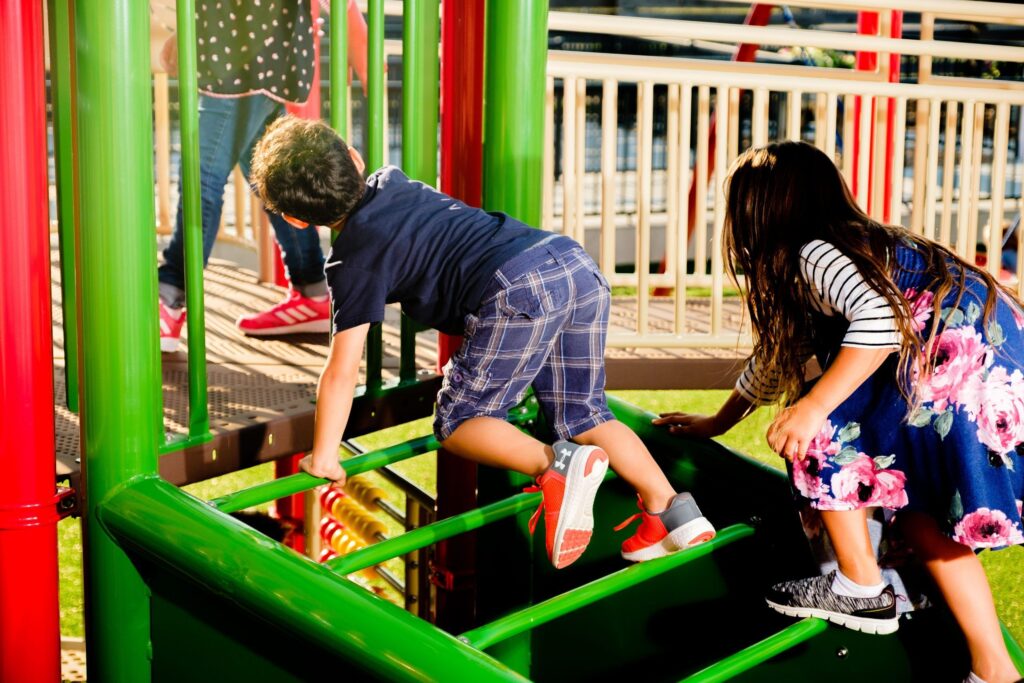
There is no one perfect material for building a playground, as the style, size, and needs of each playground will vary. However, some materials that are commonly used for playgrounds include plastic pipe, wooden boards, and gypsum board.
– Plastic pipe is a popular material for small playgrounds because it is lightweight and easy to move.
– Wooden boards are ideal for larger playgrounds because they are durable and can be painted or stained to match the style of the playground.
– Gypsum board is often used in combination with other materials, such as wood or plastic pipe, because it is both lightweight and easy to clean.
How Do You Decide Which Material to Use for a Playground?

There are many factors to consider when choosing the best material to build a playground. The most important factor is the safety of the children who will be using the playground. Many materials can be dangerous if they are not properly installed. Other considerations include cost, durability, and how easy it is to maintain the playground.
Some popular playground materials include wood, metal, rubber, and plastic. Wood is often considered the safest option because it is strong yet lightweight. Metal playgrounds can be very durable, but they may require special care to keep them in good condition. Rubber and plastic playgrounds are often less expensive than other materials, but they may not last as long.
Conclusion
When it comes to choosing the best material for building a playground, there are many factors to consider. The type of surface you want your playground to have (grass, sand, hard surfaces), cost, durability and safety all need to be taken into account. Ultimately, the best material is something that your children will love playing on and that will last for years to come. With these tips in mind, hopefully you can find the perfect material for your own playground project!

